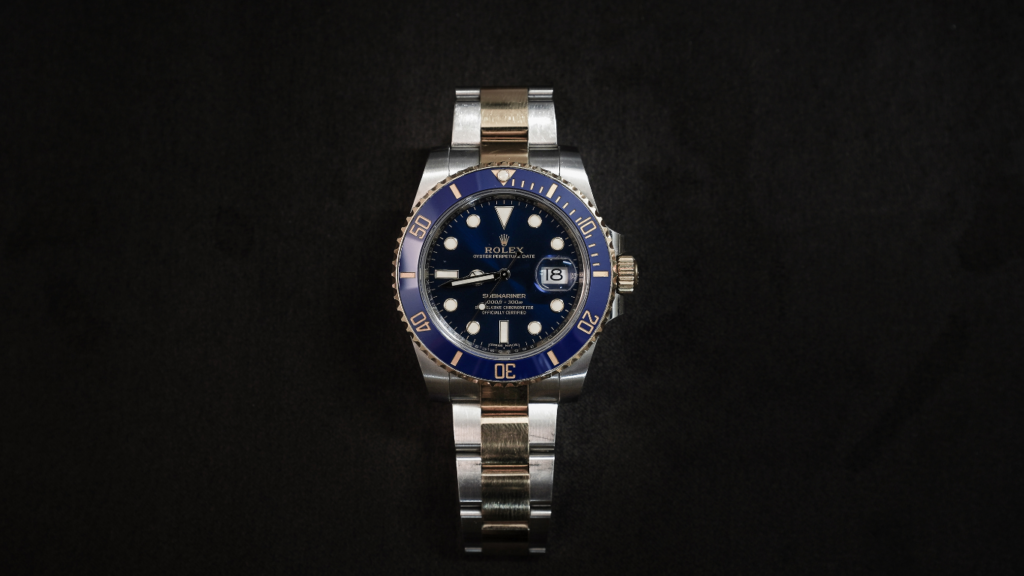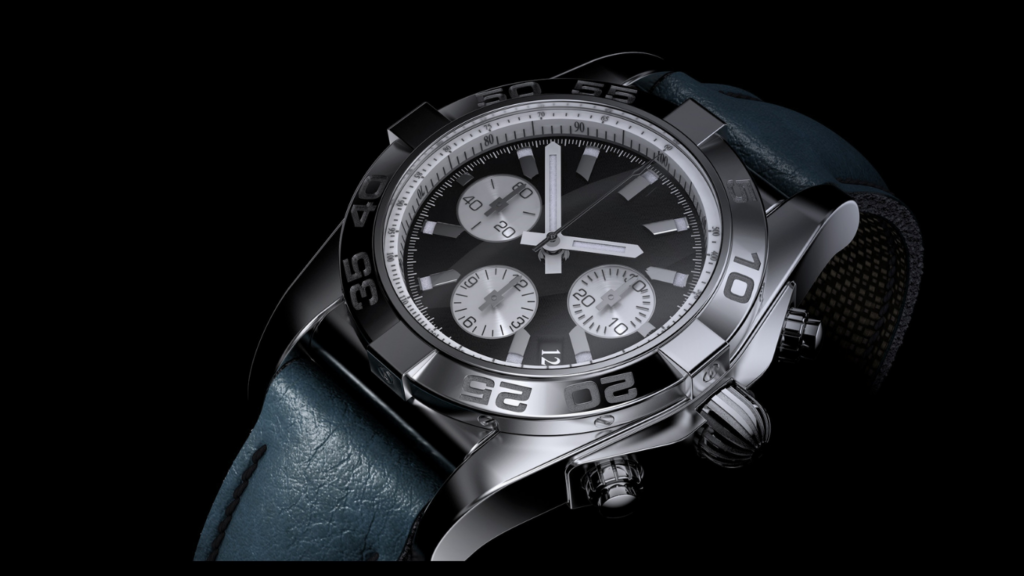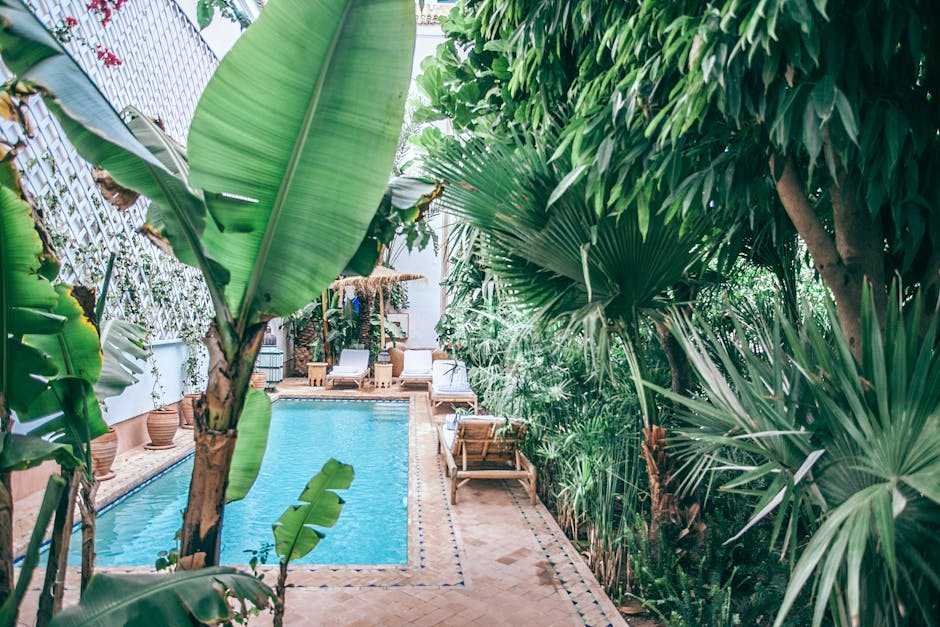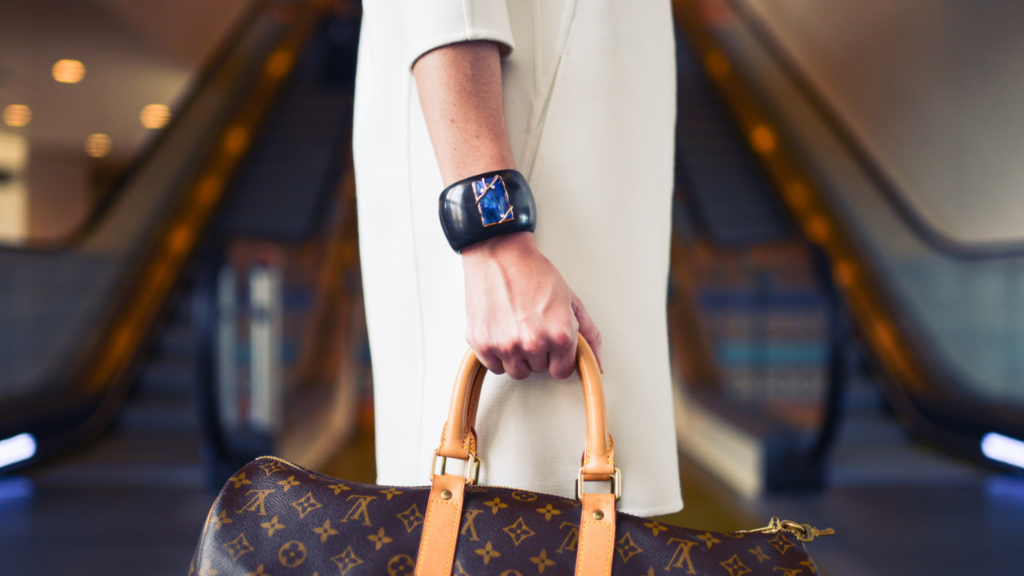As a luxury enthusiast, I’ve witnessed a remarkable shift in the high-end fashion industry towards sustainability. High-end brands are not just about opulence and exclusivity anymore; they’re embracing eco-conscious practices to meet the growing demand for ethical and environmentally friendly products.
In this article, we’ll explore how luxury labels are redefining their values and operations to align with the principles of sustainability while maintaining their allure and prestige. From using ethically sourced materials to implementing eco-friendly production processes, luxury brands are setting new standards for responsible consumption.
The fusion of luxury and sustainability is not only reshaping the industry but also influencing consumer perceptions and preferences. Join me as we delve into the world of sustainable luxury and uncover how top-tier brands are adapting to create a more sustainable and conscious future for fashion.
Evolution of Luxury Brands
Luxury brands have traditionally been synonymous with exclusivity, opulence, and prestige. However, in recent years, there has been a notable shift in the industry towards embracing sustainability.
As a fashion enthusiast, I’ve witnessed this evolution firsthand, with high-end brands recognizing the importance of incorporating eco-conscious practices into their core values. In my experience, luxury labels are now redefining their ethos to align with sustainability principles.
They are moving away from traditional approaches focused solely on glamour and extravagance to embrace a more responsible and ethical way of production. This transition has been a game-changer in the industry, signaling a new era where luxury is not just about aesthetics but also about environmental and social consciousness.
By sourcing materials ethically and implementing eco-friendly production processes, luxury brands are setting a new standard for responsible consumption. This approach not only showcases their commitment to environmental stewardship but also resonates with the increasing consumer demand for sustainable products.
As a fashion writer, I have observed how this fusion of luxury and sustainability is reshaping consumer perceptions and preferences, driving towards a more sustainable future for fashion. In essence, the evolution of luxury brands towards sustainability is not just a trend but a fundamental shift in the industry.
It signifies a departure from the old paradigm of excess and waste towards a more mindful and environmentally conscious approach. As someone passionate about fashion and sustainability, I am excited to see how this transformation will continue to unfold, setting a new benchmark for luxury brands worldwide.
Embracing Sustainability in the Luxury Industry
As luxury brands continue to evolve towards sustainability, a noticeable shift in consumer preferences is driving their adaptation to eco-conscious practices. Consumers are increasingly demanding ethically sourced materials and environmentally friendly production processes from high-end labels, prompting a transformation in the industry’s approach to luxury.
Shift in Consumer Preferences
I’ve witnessed a clear shift in consumer preferences towards sustainable luxury goods. High-end brands that incorporate ethical practices in their production processes are gaining traction among environmentally conscious consumers.
The demand for transparency in the sourcing of materials and the commitment to eco-friendly initiatives have become crucial factors influencing consumer purchasing decisions in the luxury sector.
Environmental Impact
The environmental impact of the luxury industry’s sustainability efforts cannot be overstated. By embracing eco-conscious practices, luxury brands are reducing their carbon footprint, minimizing waste, and contributing to a more sustainable fashion landscape.
The implementation of sustainable initiatives not only benefits the environment but also sets a positive example for the entire industry, inspiring other brands to follow suit in creating a more environmentally conscious future for luxury fashion.
Strategies for Sustainability in High-End Brands
Exploring strategies for sustainability in high-end brands reveals a shift towards ethical practices and environmental consciousness. Luxury labels are implementing various approaches to align with eco-friendly principles and meet the growing demand for sustainable products.
- Ethically sourced materials: High-end brands are prioritizing the use of ethically sourced materials to ensure minimal environmental impact and support fair labor practices. For instance, sourcing organic cotton for clothing lines or using recycled metals for jewelry production showcases a commitment to sustainable sourcing.
- Environmentally friendly production processes: Implementing environmentally friendly production processes plays a crucial role in reducing carbon footprints. Luxury brands are turning to renewable energy sources, such as solar or wind power, in manufacturing facilities. Additionally, optimizing production techniques to minimize waste generation and water usage contributes to sustainable operations.
- Circular economy initiatives: Embracing circular economy initiatives is gaining momentum among high-end brands. By designing products for longevity and offering repair services, luxury labels extend the lifespan of their items and reduce the overall environmental impact. Encouraging customers to recycle or upcycle products further promotes a circular approach to consumption.
- Transparency and traceability: High-end brands are enhancing transparency and traceability across their supply chains. Utilizing blockchain technology or other tracking systems allows consumers to trace the origins of products, ensuring ethical sourcing practices and production standards are met. Transparent communication regarding sustainability efforts builds trust and loyalty with eco-conscious consumers.
- Partnerships and collaborations: Collaborating with environmental organizations, sustainable suppliers, or like-minded brands enables high-end labels to amplify their sustainability initiatives. Partnerships can lead to innovative solutions, shared resources, and collective efforts towards promoting sustainability within the luxury industry. By joining forces, brands can create a more significant impact on global sustainability goals.
By incorporating these strategies, high-end brands not only meet the rising demand for sustainable luxury goods but also contribute to a more eco-conscious future. Embracing sustainability in all aspects of their operations, from sourcing to production to consumer engagement, positions luxury labels as leaders in driving positive change within the fashion and luxury sectors.
Challenges and Opportunities
Luxury brands face both challenges and opportunities in their journey towards sustainability. Adapting to eco-conscious practices requires significant changes in sourcing, production, and marketing strategies.
It’s essential for these brands to navigate these challenges effectively to capitalize on the growing demand for sustainable luxury products.
Challenges
- Cost Implications: Transitioning to sustainable practices often involves higher initial costs for luxury brands. Investing in eco-friendly materials, ethical labor practices, and sustainable technologies can impact profit margins in the short term. Balancing these costs while maintaining brand equity and exclusivity is a delicate challenge for luxury companies.
- Complex Supply Chains: Luxury brands typically have intricate supply chains spread across the globe. Ensuring transparency and traceability in sourcing sustainable materials can be challenging, especially when dealing with multiple suppliers. Managing and verifying each step of the supply chain to meet sustainability standards requires significant effort and resources.
- Consumer Education: Educating consumers about the value and importance of sustainable luxury is vital but challenging. Luxury brands must communicate their sustainability efforts effectively to resonate with conscious consumers. Overcoming misconceptions and skepticism surrounding sustainable practices in the luxury sector requires strategic marketing and communication strategies.
- Differentiation and Brand Value: Embracing sustainability offers luxury brands a unique opportunity to differentiate themselves in a competitive market. By prioritizing environmental and social responsibility, luxury companies can enhance their brand value and appeal to a growing segment of eco-conscious consumers. Sustainable practices can become a core part of a brand’s identity and contribute to long-term brand loyalty.
- Innovation and Creativity: The shift towards sustainable luxury encourages innovation and creativity within the industry. Luxury brands have the opportunity to explore new materials, technologies, and design processes that align with sustainability goals. This opens doors for collaborations with sustainable fashion pioneers and environmental experts, fostering a culture of innovation and responsible creation.
- Market Expansion and Growth: The demand for sustainable luxury products is on the rise, presenting luxury brands with new market opportunities for growth. By tapping into the green consumer market, luxury companies can expand their customer base and reach a broader audience of conscious consumers. Investing in sustainability can lead to long-term growth and profitability for luxury brands.






